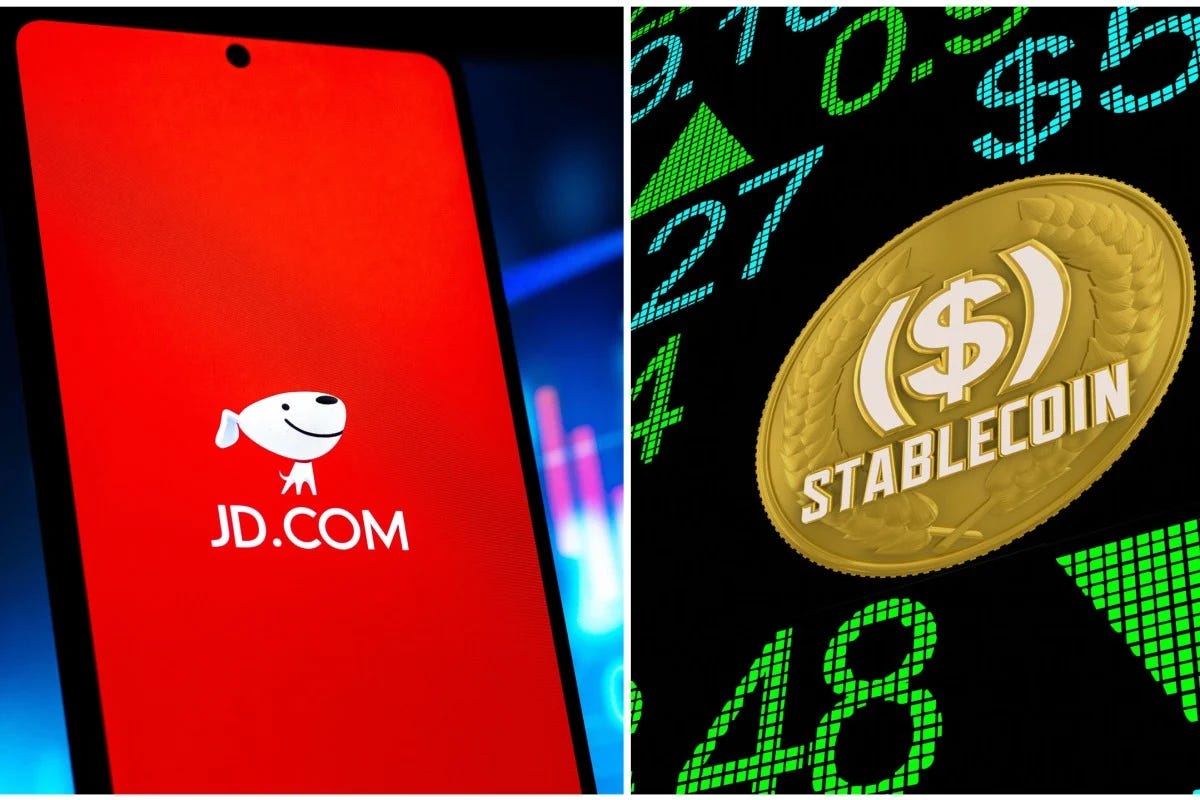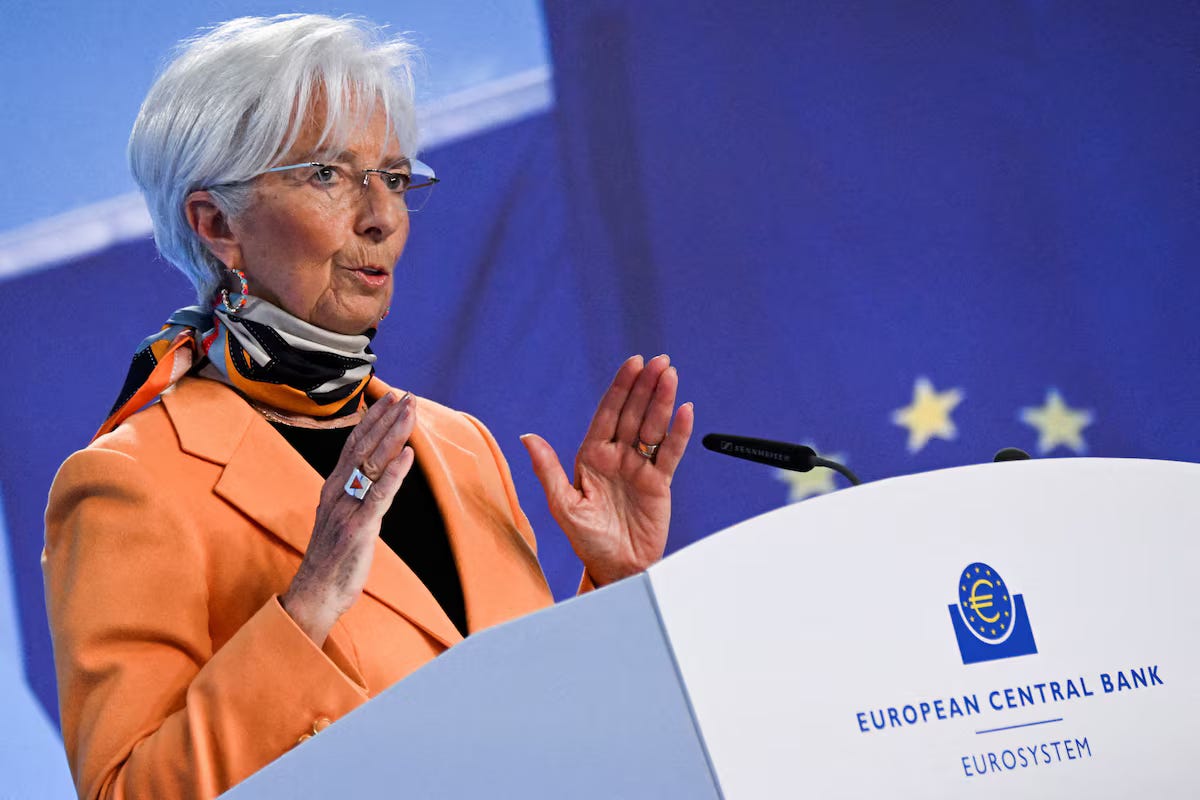Stablecoins go mainstream and why China's tech giants are rushing in
Regulatory breakthroughs, corporate rush, and the next frontier for digital payments
Amid a shifting global financial landscape, stablecoins are rapidly gaining traction -- not as speculative crypto assets, but as potential infrastructure for more efficient, programmable, and borderless payments. In 2025, two developments have brought them into the mainstream conversation: the upcoming implementation of Hong Kong's Stablecoin Ordinance on August 1, and the successful IPO of USDC issuer Circle, whose shares surged over 160 percent on its first trading day in New York.
The milestones mark a new phase in the evolution of digital currencies, one where regulatory clarity and institutional participation begin to shape the market's future. Tech firms such as JD.com and Ant Group are moving quickly to obtain licenses, seeking to leverage stablecoins in cross-border payment scenarios. Policymakers in major economies are also accelerating legislative efforts, signaling growing recognition of stablecoins' strategic significance.
We examine how regulatory developments, market forces, and monetary dynamics are converging to reshape the global stablecoin landscape.
What are stablecoins, and why now?
Stablecoins are digital tokens designed to maintain a fixed value by pegging to an underlying asset, typically a fiat currency like the U.S. dollar. Unlike volatile cryptocurrencies such as Bitcoin or Ethereum, whose prices fluctuate with supply and demand, stablecoins are engineered to function as a reliable medium of exchange and store of value -- bringing price stability to blockchain-based finance.
They operate on decentralized blockchain networks, enabling peer-to-peer transfers without intermediaries. This infrastructure underpins their growing use cases from trading crypto assets and hedging against local currency instability, to enabling cross-border payments and humanitarian aid.
Nearly all stablecoins in circulation are pegged to the U.S. dollar, with only a small fraction linked to other fiat currencies or assets like gold. Most issuers maintain reserves of corresponding assets to support the value of their tokens, enabling holders to redeem them for the reference asset upon request.
Stablecoins were first introduced in 2014. By 2020, the global market capitalization of stablecoins stood at only $20 billion, still in its early stages. Since then, the market has grown rapidly, driven by two key forces. More than 90 percent of Bitcoin trading is now settled using USDT or USDC, effectively making these stablecoins the de facto "crypto dollar standard." In emerging markets such as Argentina, stablecoins have become a digital safe haven for ordinary citizens facing high inflation and currency devaluation. In some of these countries, stablecoins account for up to 72 percent of total crypto transaction volume.
As of May this year, the total market capitalization of circulating stablecoins has surpassed $250 billion, increasing over 54 percent year on year.
Initially a niche instrument within crypto markets, stablecoins have expanded swiftly in both usage and influence, prompting growing scrutiny from central banks and financial authorities worldwide, and sparking debate over their potential impact on monetary systems.
Hong Kong and beyond
On August 1, 2025, Hong Kong will officially implement its new Stablecoin Ordinance, establishing one of the most comprehensive regulatory frameworks for stablecoin issuance in the world. Under the Ordinance, all stablecoin issuers operating in or offering products to the Hong Kong market must obtain a license from the Hong Kong Monetary Authority (HKMA). Issuers are required to maintain sound reserve and redemption practices, such as asset segregation and redemptions at par value under fair terms. They must also meet standards on anti-money laundering, risk controls, disclosure, and audits.
This marks a significant shift: stablecoins, once operating largely in regulatory grey zones, are now being integrated into Hong Kong's formal financial system.
It also represents a strategic move by Hong Kong to strengthen its position as a global financial hub by becoming a regulatory pioneer in the Web3 era, Liu Shengjun, chief expert of a financial reform think tank.
Notably, three companies were selected to participate in the HKMA's initial regulatory sandbox for stablecoin issuance: JINGDONG Coinlink Technology Hong Kong Limited, a subsidiary of Chinese e-commerce giant JD.com, RD InnoTech Limited, and a joint venture formed by Standard Chartered Hong Kong, Hong Kong Telecom, and Animoca Brands. These firms are testing their operations under supervisory conditions before the full licensing regime takes effect.
The regulatory clarity provided by Hong Kong's Ordinance is already attracting corporate interest. JD.com and Ant Group have both announced plans to apply for licenses. JD has outlined ambitious goals for its stablecoin operations including reducing global cross-border payment costs by up to 90 percent and completing settlements in under 10 seconds. Ant Group, meanwhile, aims to integrate stablecoins with its global treasury and blockchain infrastructure.
Hong Kong's approach could offer a blueprint for other jurisdictions -- striking a balance between innovation and oversight, and giving credible players a clear path to participate in the next phase of digital finance.
Officials and analysts have emphasized the ordinance's broader implications. Liu said this groundbreaking legislative initiative will further consolidate Hong Kong's position as an international financial center. Some observers view Hong Kong as a potential offshore testing ground for an RMB-denominated stablecoin, which could help advance RMB internationalization. Pan Helin, a member of an expert committee under the Ministry of Industry and Information Technology, said the move could boost investor confidence and support Hong Kong's stock and property markets by expanding cross-border payment options and facilitating capital flows.
Li Yang, an academician with the Chinese Academy of Social Sciences, warns that while stablecoins do not replace sovereign currencies, they can undermine monetary functions, especially in international payments, by eroding the effectiveness of local currencies and bypassing exchange rate regimes. Stablecoins' real significance, he argues, lies in their efficient, blockchain-native clearing and settlement capabilities: they settle payments instantly and cheaply via peer-to-peer mechanisms, challenging traditional correspondent banking networks.
Pan Gongsheng, governor of People's Bank of China, the country's central bank, said at the Lujiazui Forum last month that emerging technologies such as blockchain and distributed ledgers are driving the rapid development of central bank digital currencies and stablecoins. These innovations enable "payment as settlement," fundamentally reshaping traditional payment systems by significantly shortening cross-border payment chains, while also posing major challenges for financial regulation. He added that technologies such as smart contracts and decentralized finance will continue to advance and evolve cross-border payment systems.
Future prospects: opportunities and risks
The stablecoins' promise of fast, low-cost, borderless payments is compelling, but also raises complex questions that policymakers, investors, and users have yet to fully resolve. At the heart of every stablecoin lies a simple question: can it be redeemed reliably, at face value, and at any time?
Not all issuers are created equal. Some, like Circle, have committed to full transparency, monthly attestations, and third-party audits. Others, including Tether, have faced concerns over the quality and disclosure of their reserves. The 2022 collapse of TerraUSD, an algorithmic stablecoin that lost its peg and wiped out over $45 billion in value, demonstrated how quickly confidence can evaporate without adequate backing.
Even fiat-backed tokens are not risk-free. Redemption mechanisms vary widely across issuers as some impose high thresholds and fees, others require intermediaries or impose delays. In times of market stress, these frictions can cause tokens to trade below par, triggering contagion effects across crypto markets and undermining user trust.
Christine Lagarde, president of the ECB, warned that stablecoins, being privately issued, present risks to both monetary policy and financial stability. She noted they may fail to consistently hold their pegged value, undermining their role as reliable payment and savings instruments. Additionally, if people move deposits from banks into stablecoins for payments or savings, it could disrupt how monetary policy is transmitted through the banking system. She emphasized the need for strong regulatory frameworks, particularly for stablecoins used across borders.
Stablecoins also pose compliance challenges. Stablecoins "have been the go-to choice for illicit use to bypass integrity safeguards," the Bank for International Settlements said in its annual economic report, pointing out that they lack the "know-your-customer" standards like those of the traditional financial system exacerbates this issue.
According to Chainalysis, crypto wallets linked to illicit activity received $40.9 billion in 2024, with stablecoins accounting for 63% of that total.
New regulatory frameworks like the U.S. GENIUS Act, EU's MiCA, and the FATF Travel Rule aim to close these gaps, but implementation across jurisdictions remains uneven, and decentralized systems often fall outside direct regulatory reach.
A recent Citi forecast suggests that in an optimistic scenario, the stablecoin market could grow to $3.7 trillion by 2030, becoming a critical force shaping the future of the global monetary and financial landscape.
Stablecoins are no longer a sideshow in crypto, as they are becoming the backbone of a new, decentralized financial infrastructure that challenges the old order. Their rise marks a shift from speculative assets to programmable, interoperable instruments of global commerce. The question is no longer if stablecoins will play a central role in the future of money, but how, under whose rules, and with what consequences.








